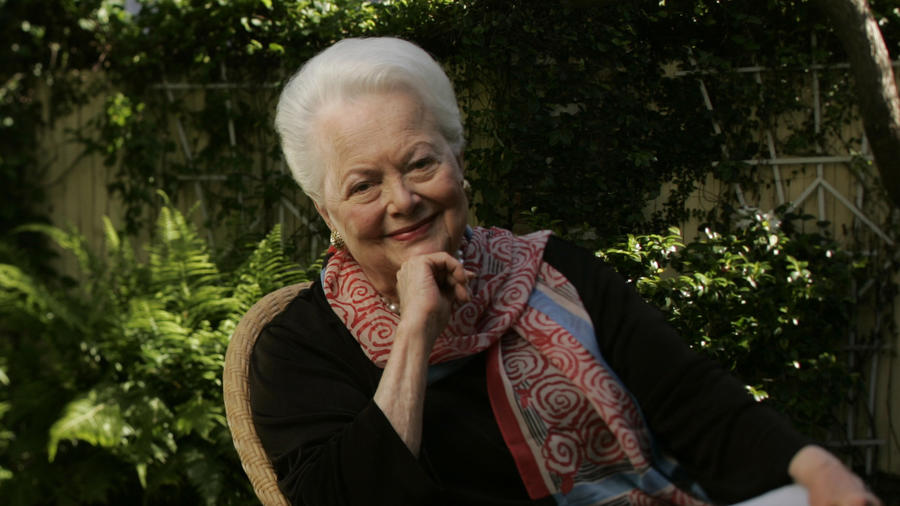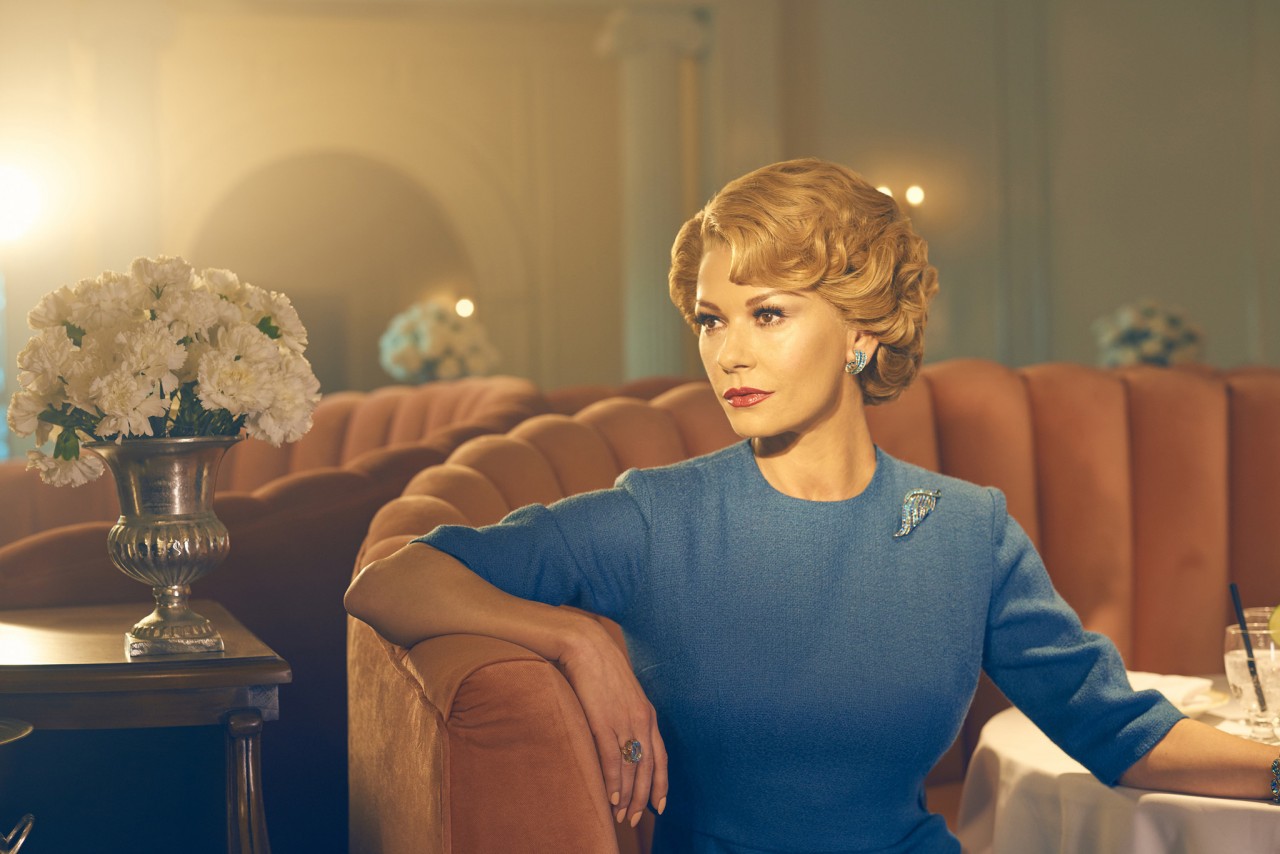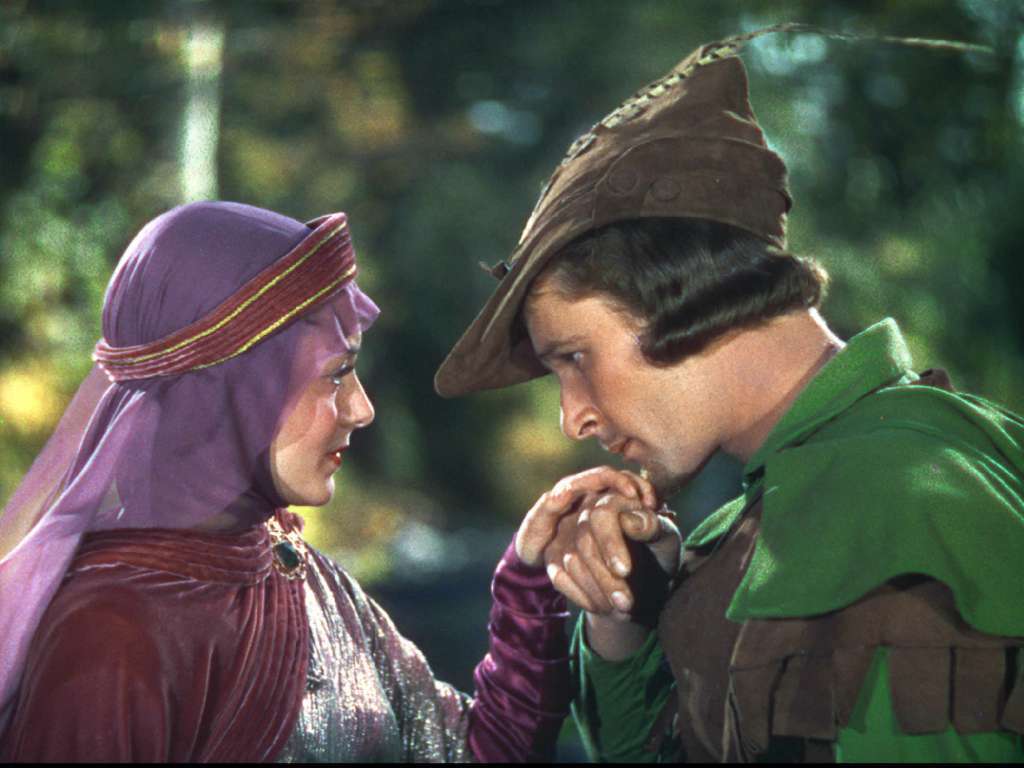
In Hollywood, you’re never too old to sue.
At least not if you’re Olivia de Havilland, the much-beloved, two-time Oscar winner whose 1943 lawsuit against Warner Bros. resulted in the collapse of the binding long-term contract system and put the De Havilland Law on the books.
On Friday, on the eve of her 101st birthday, De Havilland announced that she was suing FX and Ryan Murphy Productions over what she alleges was the unauthorized use of her identity in the recent miniseries “Feud: Bette and Joan.”
Many women have fought for equal footing in Hollywood for years; De Havilland has now, officially, been at it in two centuries.
“Feud,” which chronicles the longtime rivalry between actresses Bette Davis and Joan Crawford, used De Havilland, played by Catherine Zeta-Jones, as a commentator about the women, their relationship and Hollywood throughout the eight-episode show.
De Havilland, who resides in France, filed the lawsuit in Los Angeles Superior Court, claiming that FX didn’t ask permission to use her name and identity and did not compensate her for the use.
According to a statement made by her attorneys, Suzelle M. Smith and Don Howarth, “the FX series puts words in the mouth of Miss de Havilland which are inaccurate and contrary to the reputation she has built over an 80-year professional life, specifically refusing to engage in gossip mongering about other actors in order to generate media attention for herself.”
The suit accuses FX and its partners of placing the actress in “a false light to sensationalize the series,” noting that all the other real-life players who are featured in the series are dead.
FX declined to comment on the lawsuit, and Murphy’s team did not immediately respond to The Times’ request for comment Friday. De Havilland’s team plans to file a motion seeking an expedited trial date because of De Havilland’s age, although the action would indicate that De Havilland is not going gently anywhere any time soon.
No matter how the suit turns out, it is a remarkable moment even in a highly remarkable life.

Olivia 101: A primer of must-know facts
The winner of two Academy Awards, the living legend is best known for playing the demure Melanie Wilkes in the 1939 epic “Gone With the Wind,” as well as for her numerous on-screen pairings with dashing leading man Errol Flynn during Hollywood’s Golden Age. She’s also known for being half of one of Hollywood’s most-heated sibling rivalries.
The newly minted English dame was dubbed by this newspaper as “the lady’s prototype of Lady, pretty-faced, gentle-faced and well-mannered.” The well-spoken pioneer’s chic coifs, expensive clothes and ever-present pearls are often noted.
De Havilland is also no stranger to legal proceedings. The acclaimed actress, who has worked in Hollywood since the 1930s, came up weathering Hollywood’s actor-studio contractual agreements long associated with early 20th century cinema — until she decided enough was enough.
Thanks in part to her 27-year-old self’s tenacity and leveling that landmark lawsuit against Warner Bros., the indentured servitude of the system began to collapse.
But first, a little background and a lot of Shakespeare.
De Havilland was born in Tokyo on July 1, 1916, to British parents. Her father, Walter de Havilland, headed a patent law firm in Japan, while her actress mother, Lillian Ruse, taught choral music.
She was named after the beautiful, sought-after lady of William Shakespeare’s “Twelfth Night,” a nod to her mother’s training at the Royal Academy of Dramatic Arts in London.
De Havilland and her younger sister, fellow Oscar winner Joan Fontaine, grew up in Northern California, where De Havilland made her stage debut in a 1933 community theater production of “Alice in Wonderland.”
Fresh out of high school and with a scholarship to Mills College, the 18-year-old actress deferred admission to appear in Max Reinhardt’s staging of the Bard’s “A Midsummer Night’s Dream” at UC Berkeley’s Greek Theatre. She would later become a second understudy in Reinhardt’s Hollywood Bowl production.
De Havilland referred to Reinhardt as “the greatest director in the world,” and, as luck would have it, she took the stage as Hermia when both her predecessors left the comedy before the premiere. Soon after that, Warner Bros. tapped Reinhardt to direct the studio’s flashy 1935 film adaptation with William Dieterle, leading De Havilland to a contract with the studio in 1934 and a starting salary of $200 a week.
As a contract player at Warner Bros., she made nearly two dozen films — eight of them with leading man Errol Flynn.
De Havilland’s “Shakespeare all the way” expectation of prestige roles at Warner Bros. was not to be so. The studio, known primarily for gangster melodramas led by male stars such as Edward G. Robinson and James Cagney, often typecast her as arm candy or in ingenue roles, often playing opposite fellow newcomer Flynn.

Together they became one of Hollywood’s most popular romantic duos, beginning with the swashbuckler “Captain Blood” (1935); their most enduring pairing is in “The Adventures of Robin Hood” (1938).
“I think of Errol all the time,” De Havilland told The Times in 2006. “In different ways, almost every day…He really was a mixed-up man, but of course he was extraordinary-looking and had great charm.” (The rakish matinee idol died of a heart attack in 1959 following years of philandering, heavy drinking and drug use.)
“But, oh, he did mean a great deal to me, but in that day a woman did not declare her feelings for a man,” she said. “When his autobiography came out, I couldn’t resist checking the index and going to the page where he mentioned me. He said he thought he loved me. ‘Thought!’ That meant he didn’t! I didn’t read another word! Then several years ago when I was returning for the release of the DVD version of ‘Gone With the Wind,’ I was determined to read more. I began with his second sentence about me in which he said that he decided that he did love me. To think of all those years I didn’t believe he did.”
De Havilland was also romantically linked to Howard Hughes, James Stewart, John Huston and several others. She married writer Marcus Aurelius Goodrich, author of the bestseller “Delilah,” in 1946, and they had a son named Benjamin before divorcing in 1952. A year later, De Havilland met Pierre Galante, a writer and executive of Paris Match magazine, and they wed in 1955, had a daughter, Giselle, and divorced…
The post Olivia de Havilland 101: Everything you need to know as the movie legend celebrates her 101st birthday appeared first on FeedBox.